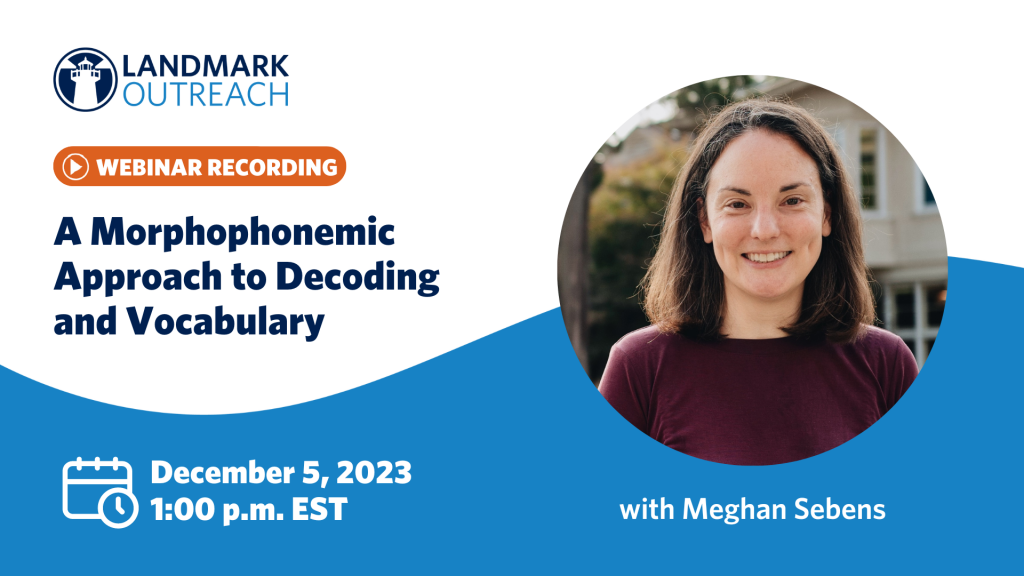Reading and writing skills are the cornerstones of academic proficiency, and there are many cognitive processes that must be coordinated in order for students to access content and demonstrate mastery. Literacy experts believe that reading is developed through a series of skills that help us connect our speech sounds to letters, those letters to words, words to sentences and eventually paragraphs, essays, and whole books. These skills, according to Jean Chall’s long-standing theory, develop in a hierarchy. Writing development involves just as many coordinating skills. It requires students to use fine motor skills, basic and advanced reading skills, and study skills with the integration of many of the executive functions.
Literacy experts and relevant research suggest that reading and writing need to be taught simultaneously as there are many overlapping skills. According to Timothy Shanahan (2017), “about 70% of the variation in reading and writing abilities are shared.” Spelling and single-word reading rely on the same underlying knowledge, so instruction and practice in one should aid the development of the other. For instance, the ability to link sounds together to construct words is reinforced when students read and write the same words. Furthermore, writing instruction improves reading comprehension, and the teaching of writing skills, such as grammar and spelling lessons, reinforces reading skills. If educators teach and practice reading and writing skills in conjunction with one another, they provide students with increased meaningful exposure to language and literacy. This double instruction ensures automatization of targeted skills through practice and review, which is one of Landmark’s Six Teaching Principles.
References
Chall, J. S. (1983). Stages of reading development. New York, NY: McGraw-Hill.
How writing develops. Reading Rockets. (2013, November 7). Retrieved March 31, 2022, from https://www.readingrockets.org/article/how-writing-develops#:~:text=Young%20children%20move%20through%20a,become%20a%20reader%20and%20writer.
Shanahan, T. (2020, May 27). How should we combine reading and writing? Reading Rockets. Retrieved March 31, 2022, from https://www.readingrockets.org/blogs/shanahan-literacy/how-should-we-combine-reading-and-writing
Additional Resources
Ehri, Linnea C. (1992). Reconceptualizing the development of sight word reading and its relationship to reading. Lawrence Erlbaum Associates, Inc.
Graham, S. and Hebert, M.A. (2010). Writing to Read: Evidence for how writing can improve reading. A Carnegie Corporation Time to Act Report. Washington, DC: Alliance for Excellent Education.
IDA. (2015). Starting with the Test: Teaching Writing to Enhance Reading Comprehension.
K12 Reader: Reading Instruction Resources. (2018). “The Relationship Between Reading and Writing.” Retrieved from: https://www.k12reader.com/the-relationship-between-reading-and-writing/
Matulis, Bev. (2007). Writing Intention: Prompting Professional Learning through Student work: Dancing with the Authors. p. 36-40.
Shanahan, Timothy. (2017). “How Should We Combine Reading and Writing?” Reading Rockets. Retrieved from: http://www.readingrockets.org/blogs/shanahan-literacy/how-should-we-combine-reading-and-writing
Woodson, Linda. (October 1979). A Handbook of Modern Rhetorical Terms. National Council of Teachers.



